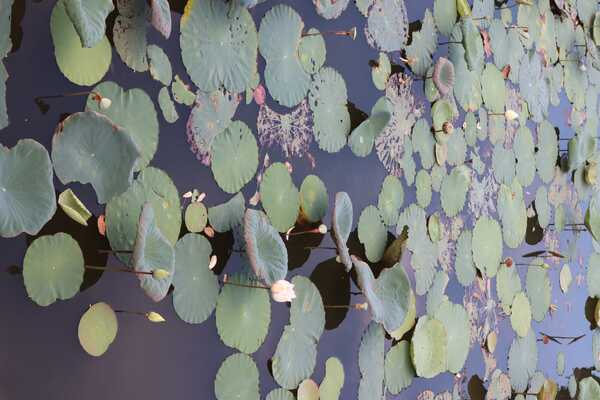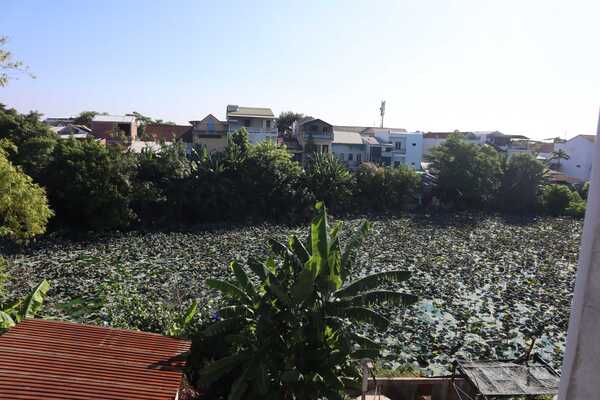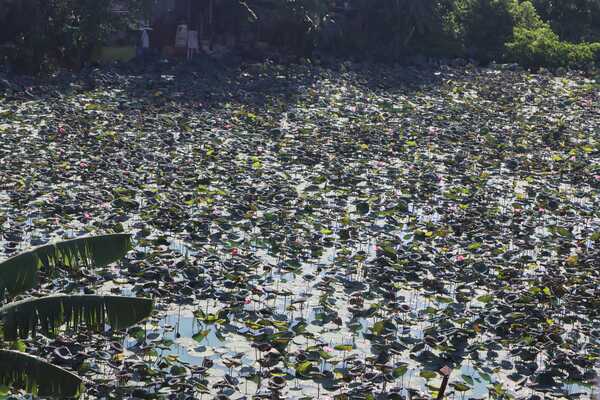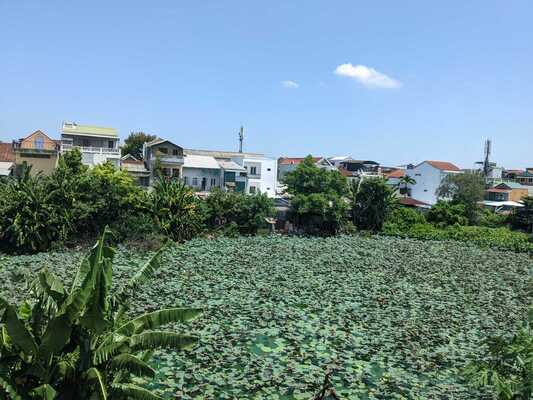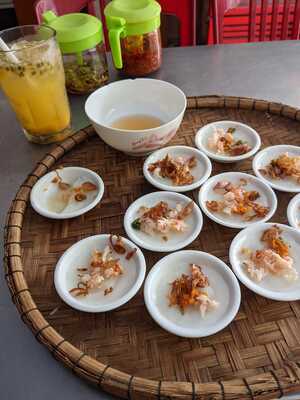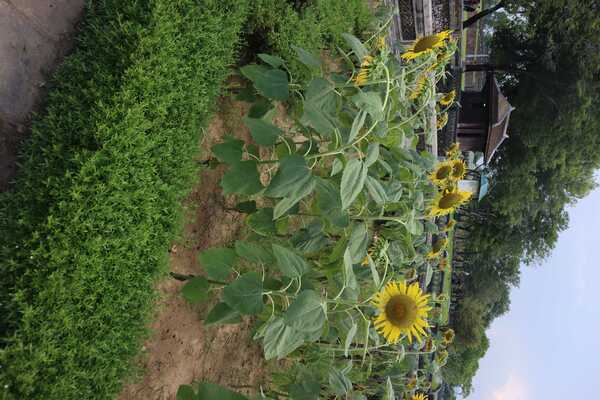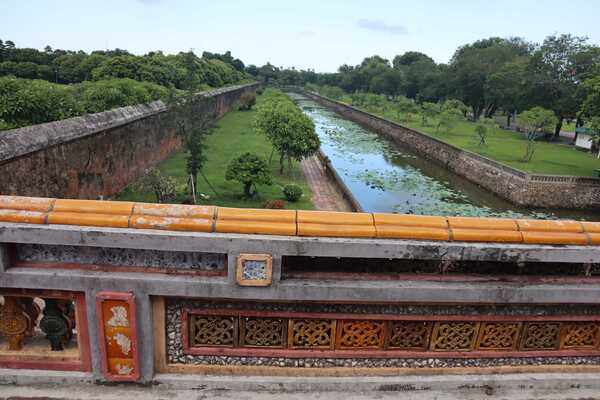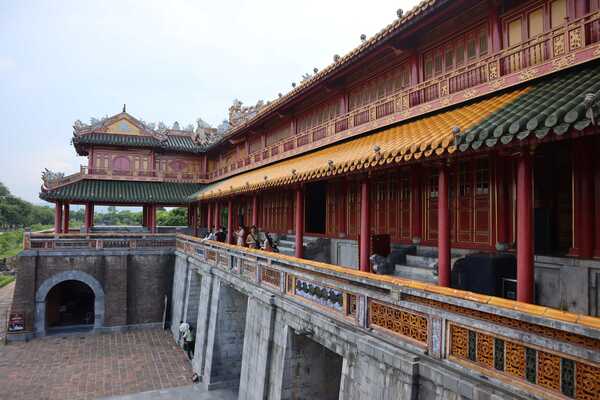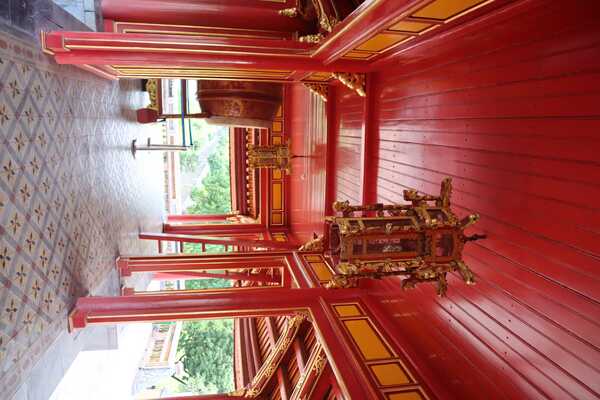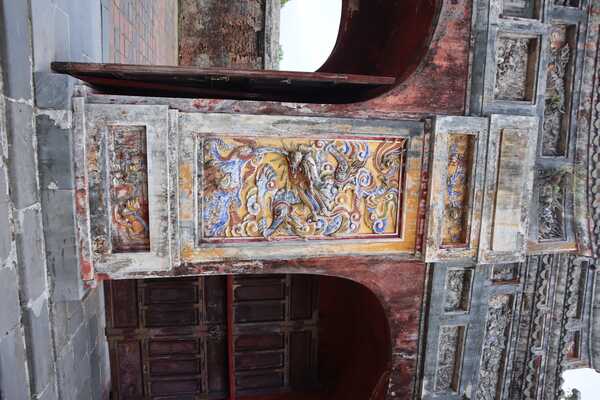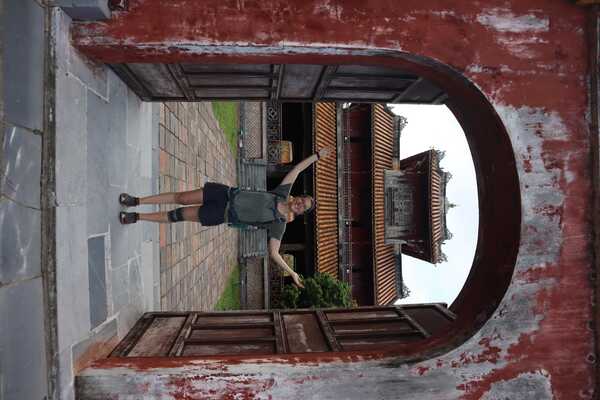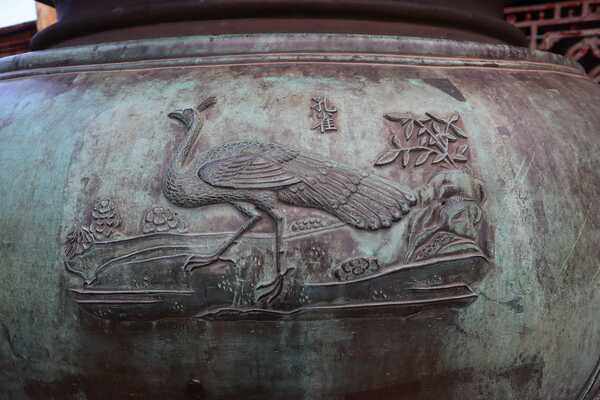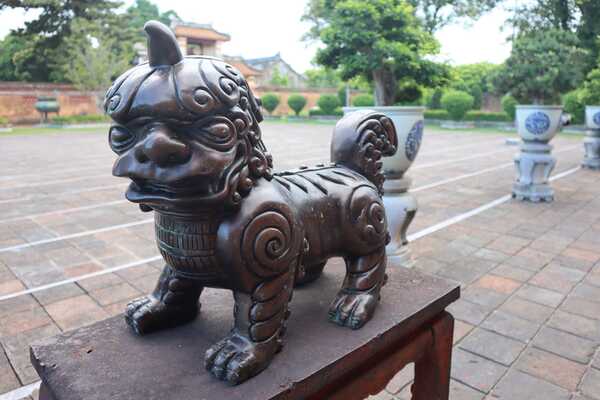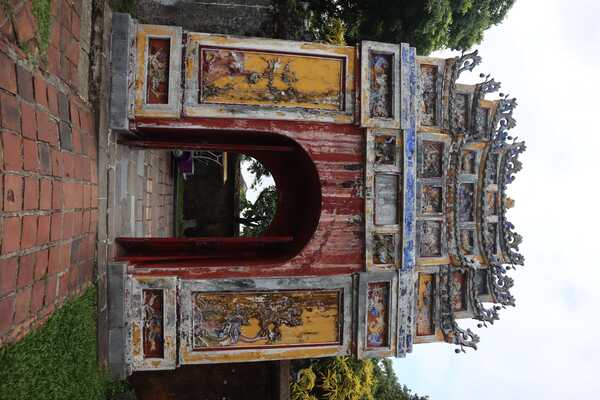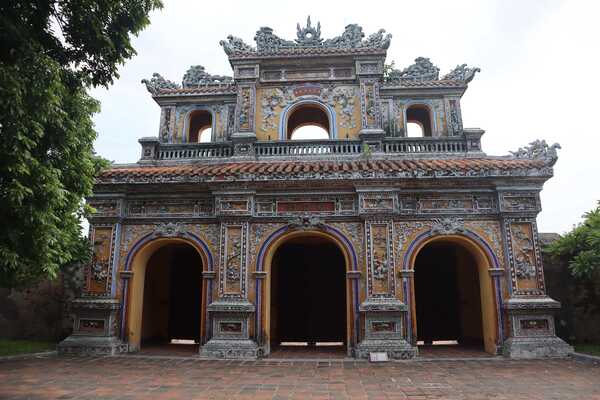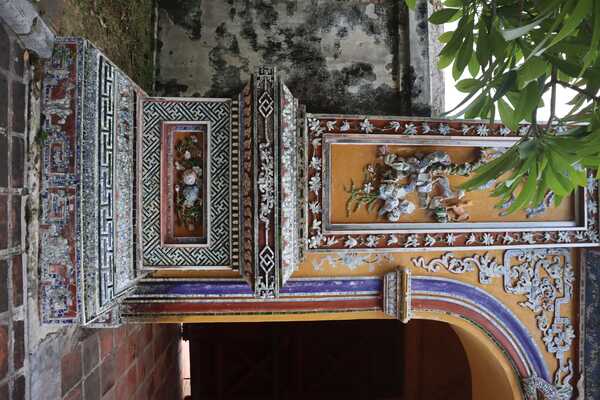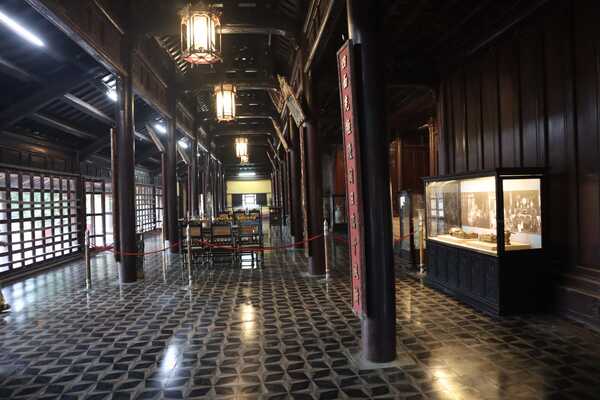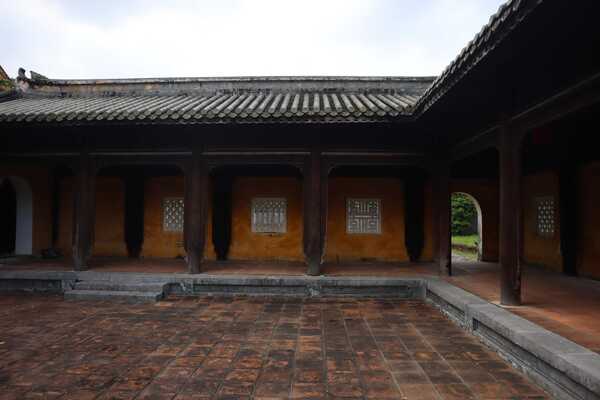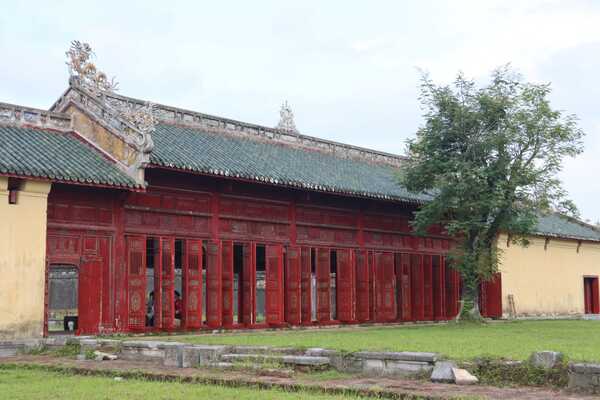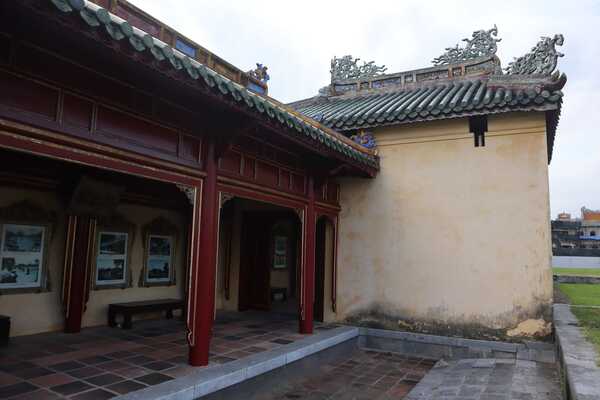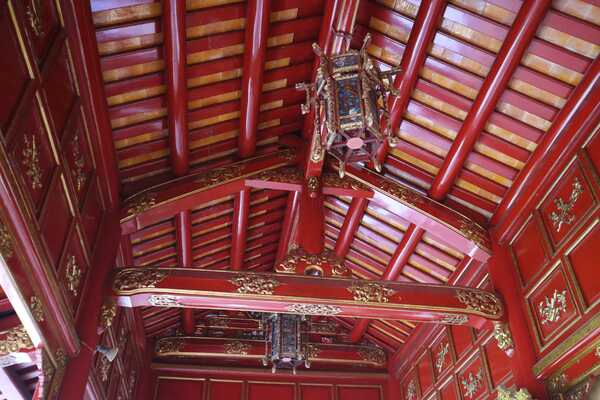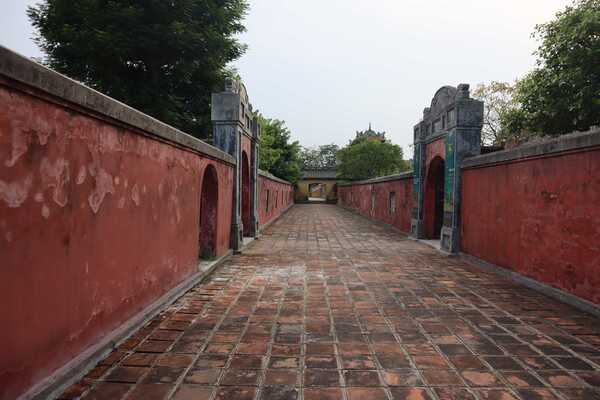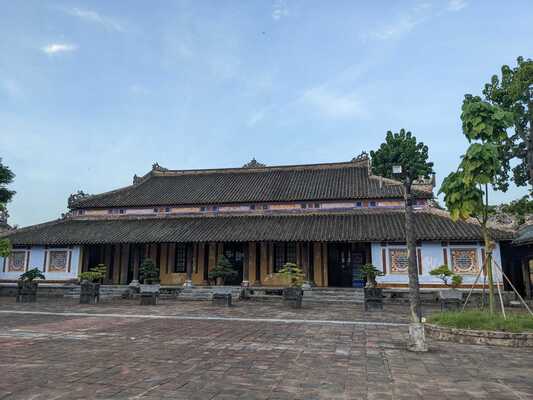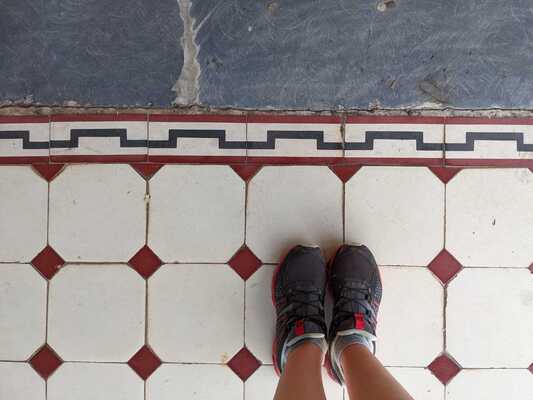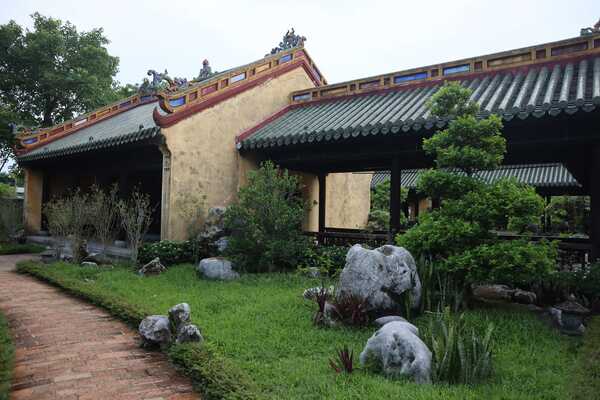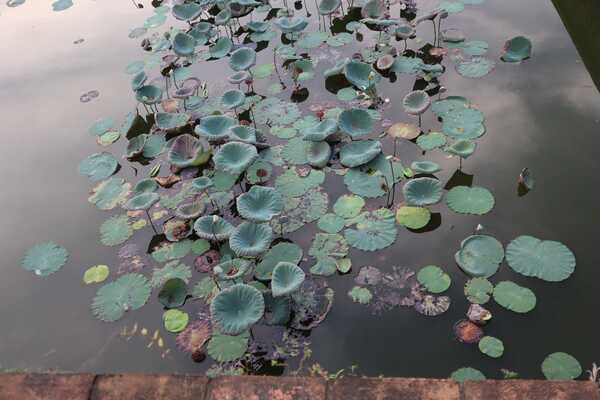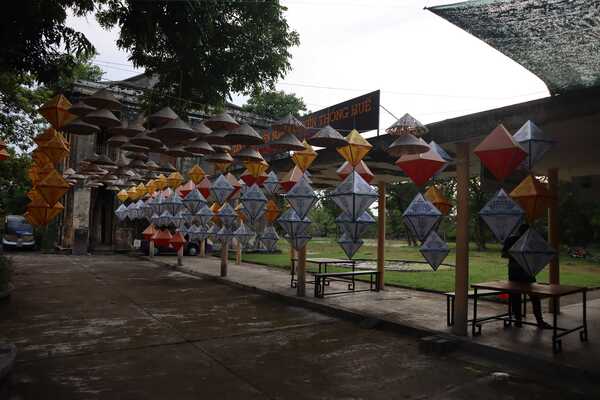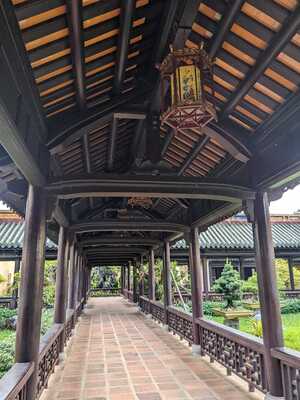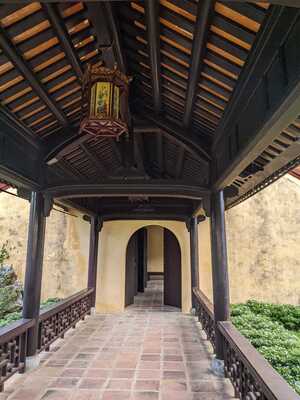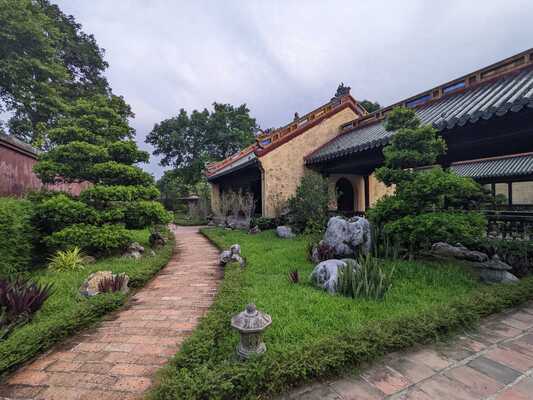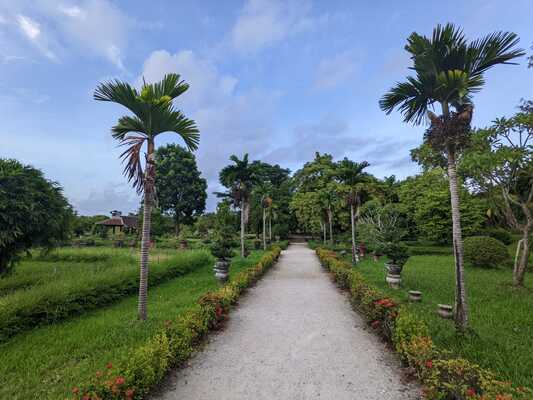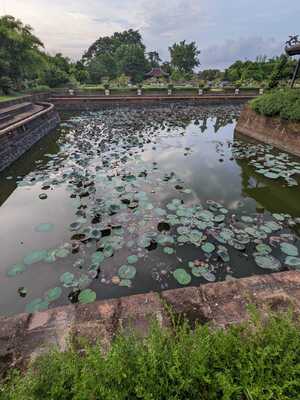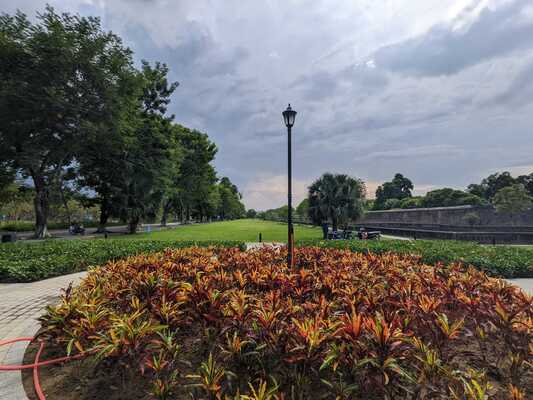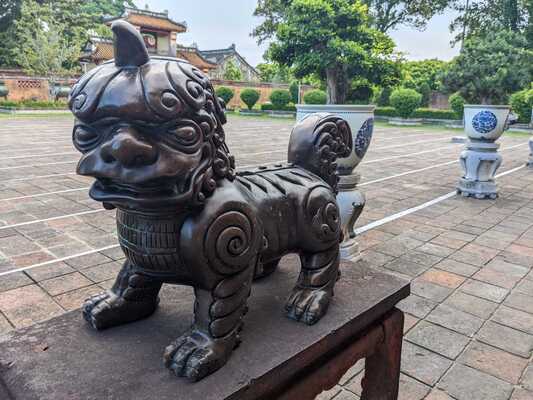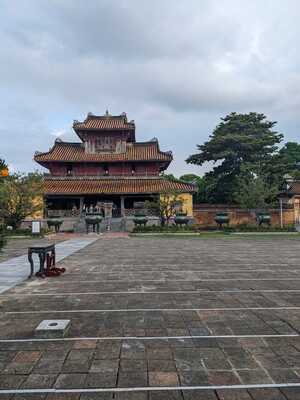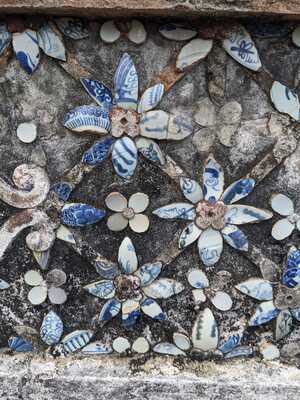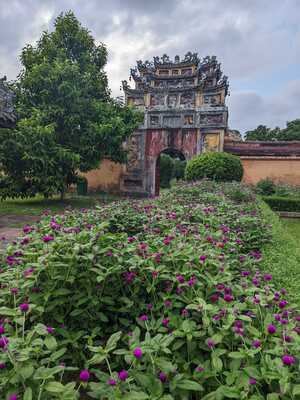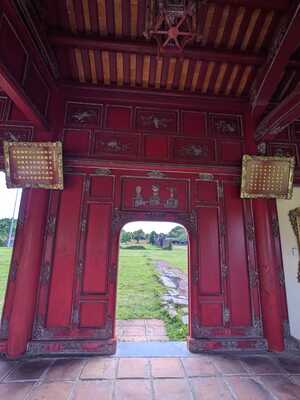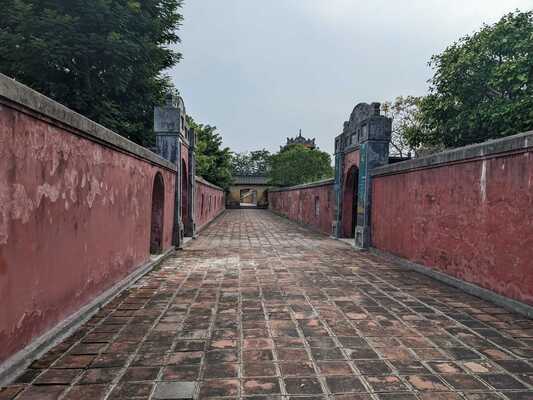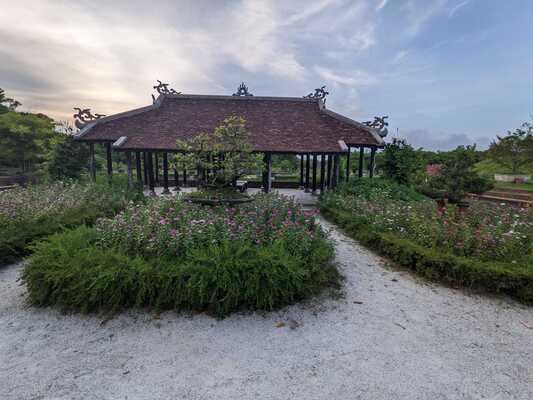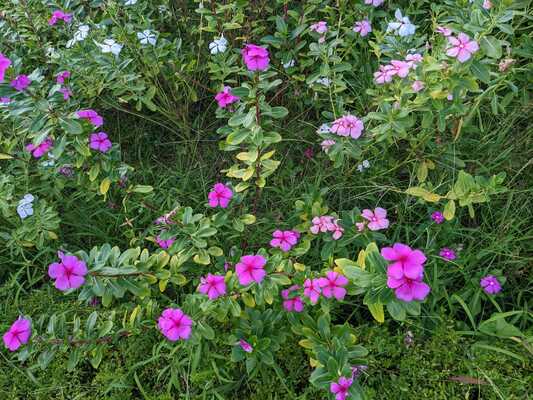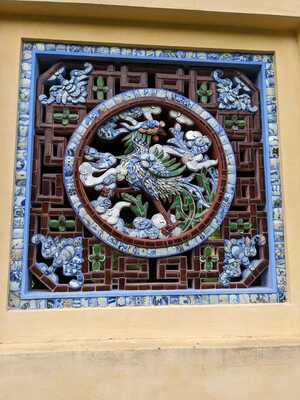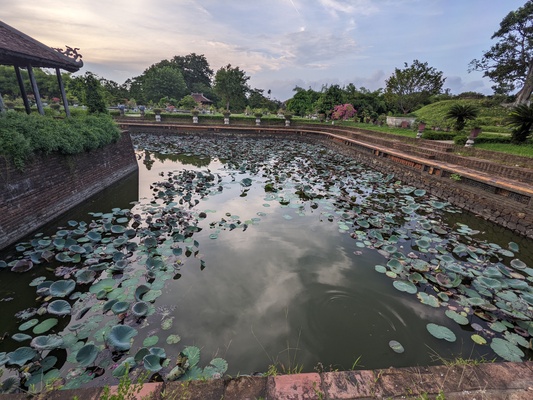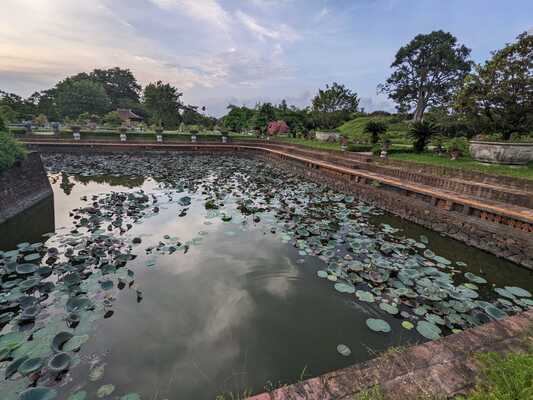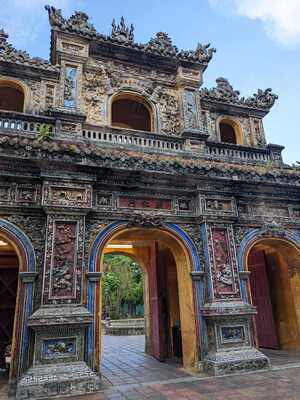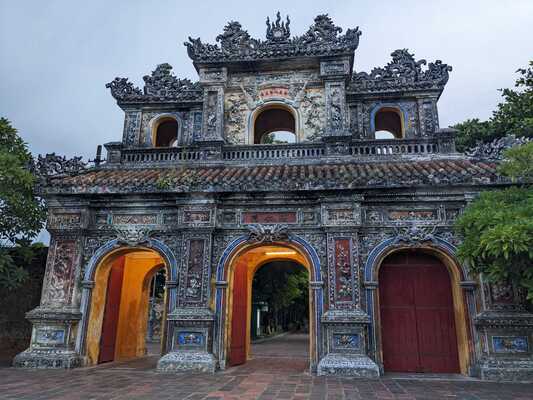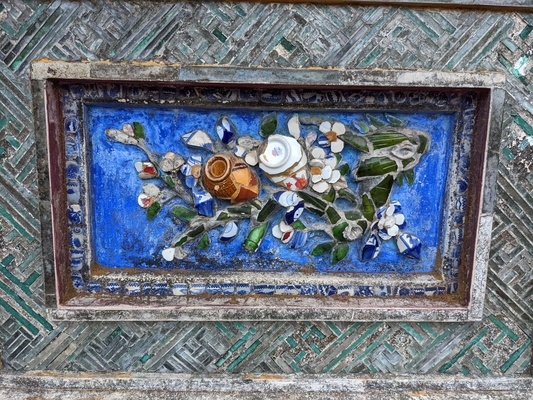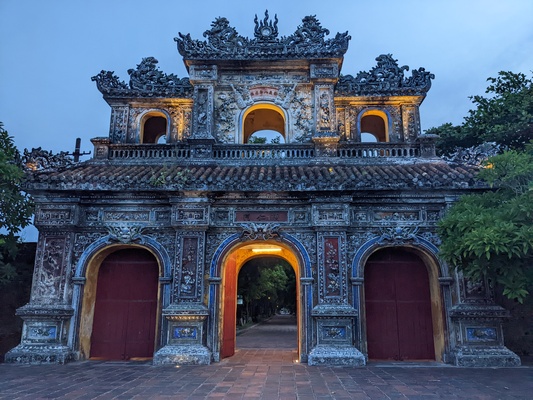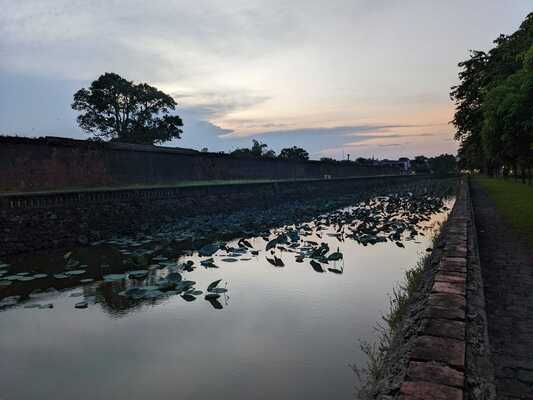Solo Travel: Hue - An Imperial Palace of Wonder
Hue: The Historical Imperial Capital
Hue is the most recent, consistent, imperial capital in Vietnam. Dynasties have based the country’s capital there since 1738, and periodically until the most recent king, part of the Nguyen dynasty, abdicated his rule in 1945 (to Ho Chi Minh). When this abdication happened, the royal family fled to Paris and the descendants continue to live there today. The capital shifted away from Hue to represent the start of a new era.
Hue is a relatively small city, centered around a massive palace in the middle. Because of French influence in the area and the French influence within Vietnam, there are a huge amount of French-style buildings within the city and even the palace. The surrounding buildings are Vietnamese-style houses with a French flair and Lilypad ponds. Given how recent the imperial history was, the architecture of the whole city reflects the combination of Vietnamese and French influences. I stayed in a homestay, renting a room in a family’s house, and behind the house was a pond of Lilypads. The light shone in beautifully with the ponds behind, and it was just magical.
The palace is large, spread out, with lots of internal and external gardens and lilypad ponds. In fact, it takes 2 hours to walk across the grounds, between the palace buildings, moats, and grassy fields. There are layers of walls and gates to pass through, then you get to the outer-most moat/pond areas, all filled with Lilypads.
To see the imperial city and learn its history, I booked a walking tour through Airbnb Experiences, which was amazing. The guide shared with me the history and culture of the place, as well as stories about the people who lived there. He discussed life for kings, queens, concubines, families, and the dynasties there. It was incredible to hear. For the Nguyen dynasty, the family had to increasingly work with the French as the foreign government wielding power in the area. The French would try to work with a king, and if the king was too independent or nationalistic towards Vietnam, they would find a way to remove the king from the throne for another more foreign-friendly person. Some reigns were as short as days and as long as a couple of decades. Hearing the stories really demonstrated how patriotic the Vietnamese were in trying to stand up for their country and their rights, even as the French would opt for the most malleable people to rule - including teenagers.
The women and men lived separately, each with their own palace and etiquette for who could enter. The architecture in each, internal gardens, and layouts were incredible. The most recent stable king was able to build himself a library and extensive garden, which still remains to this day. The house of his family was an amazing combination of French and Viet architecture, in truly an exquisite way.
Viet architecture truly looks to merge the outside with the inside, making gardens and natural beauty a big part of how structures were built. This palace was no exception, and it was incredible to see this throughout this large palatial campus.
Palace Entrance and Gates
Various Buildings
King’s Private Garden
Back Ponds Area
Side Exit Gate
I stayed wandering the grounds until the palace closed and then walked back to the homestay. There was an incredible dinner with the other travelers staying cooked by the host family. It was quite yummy!




